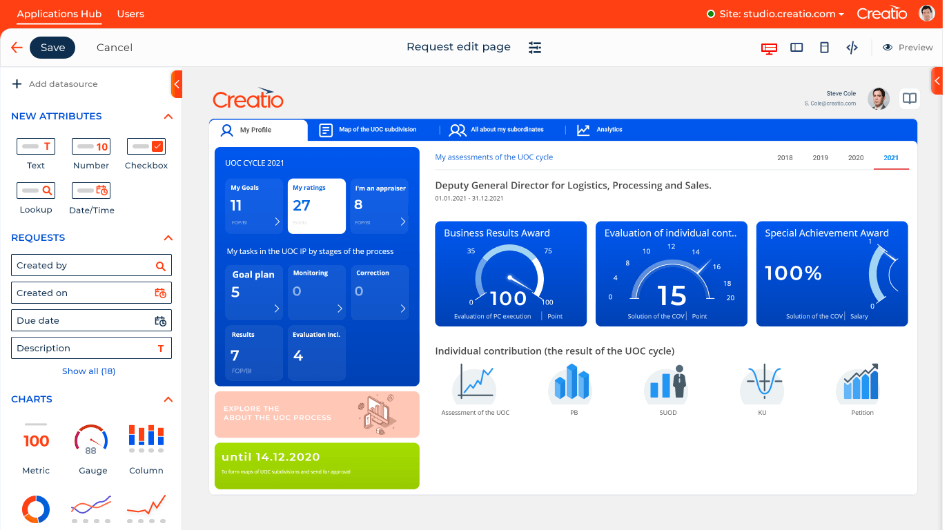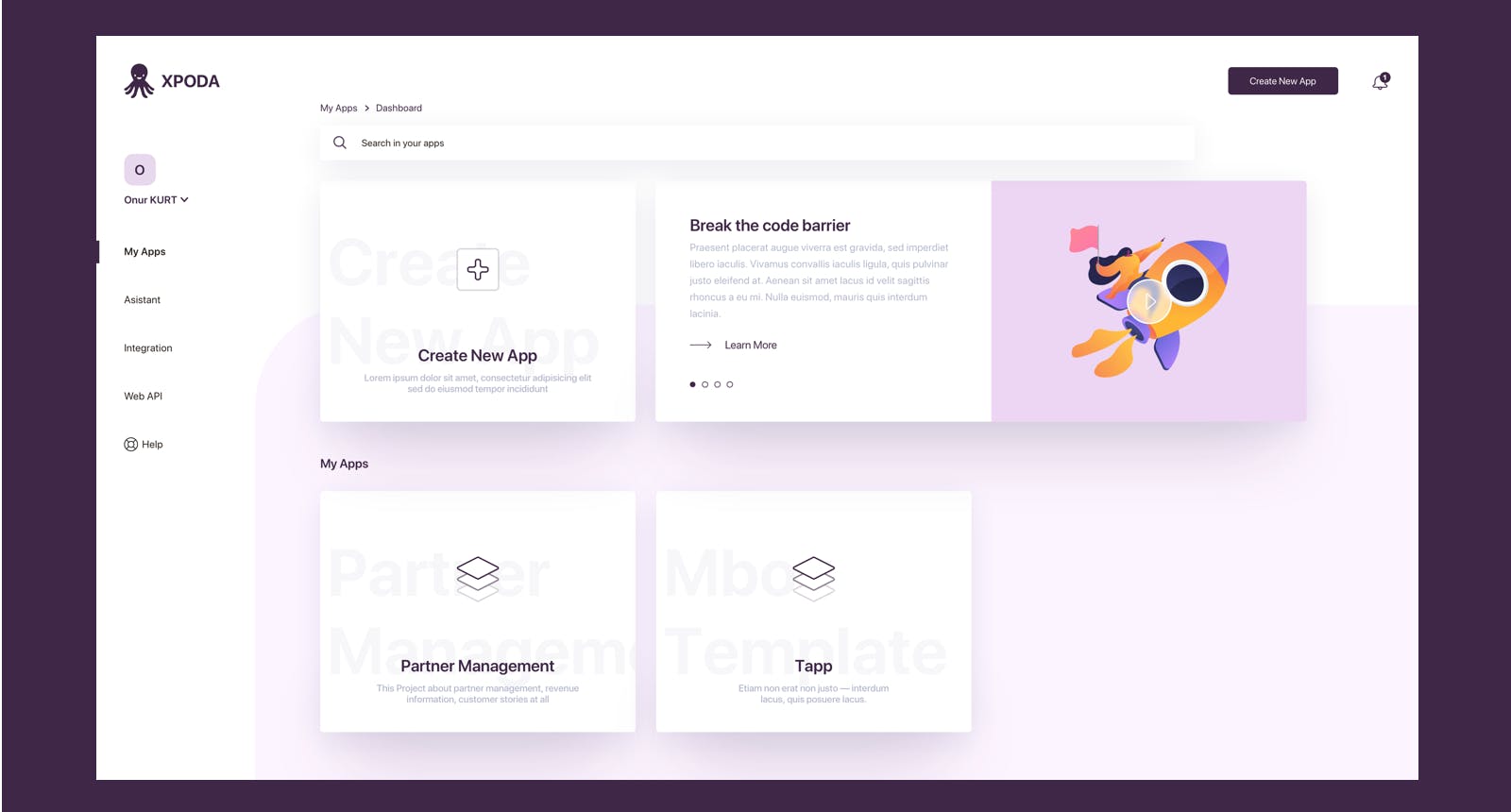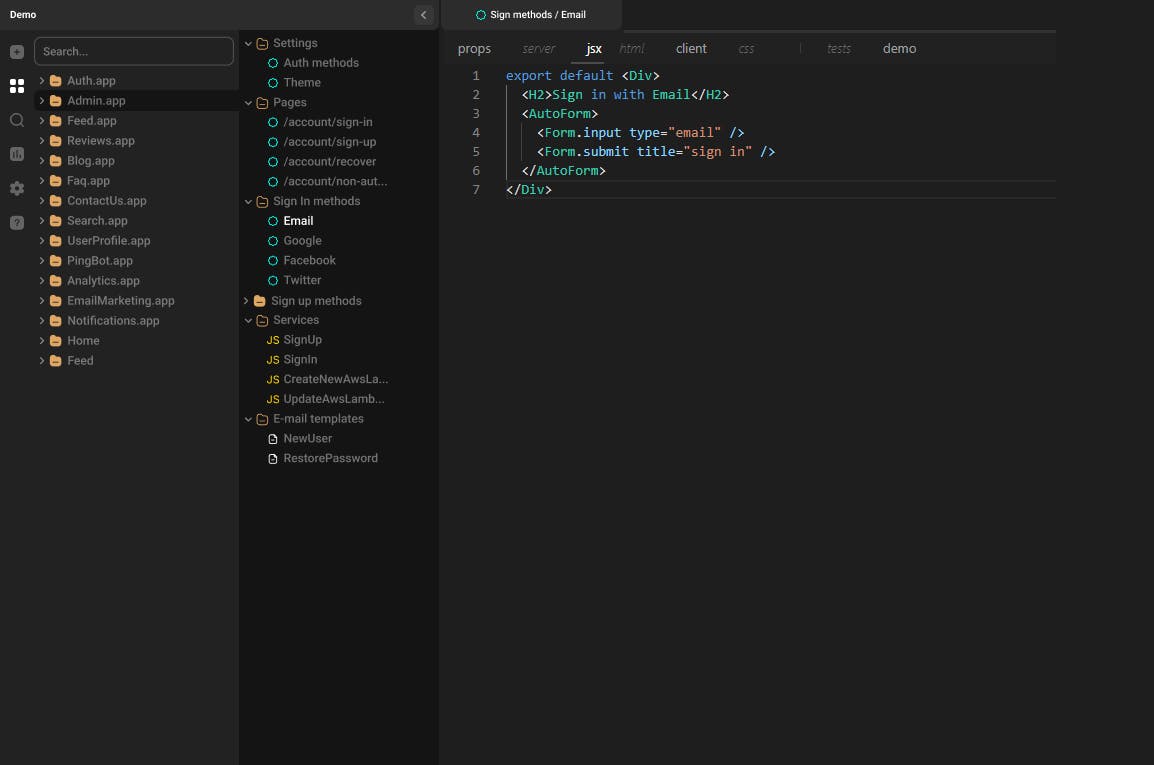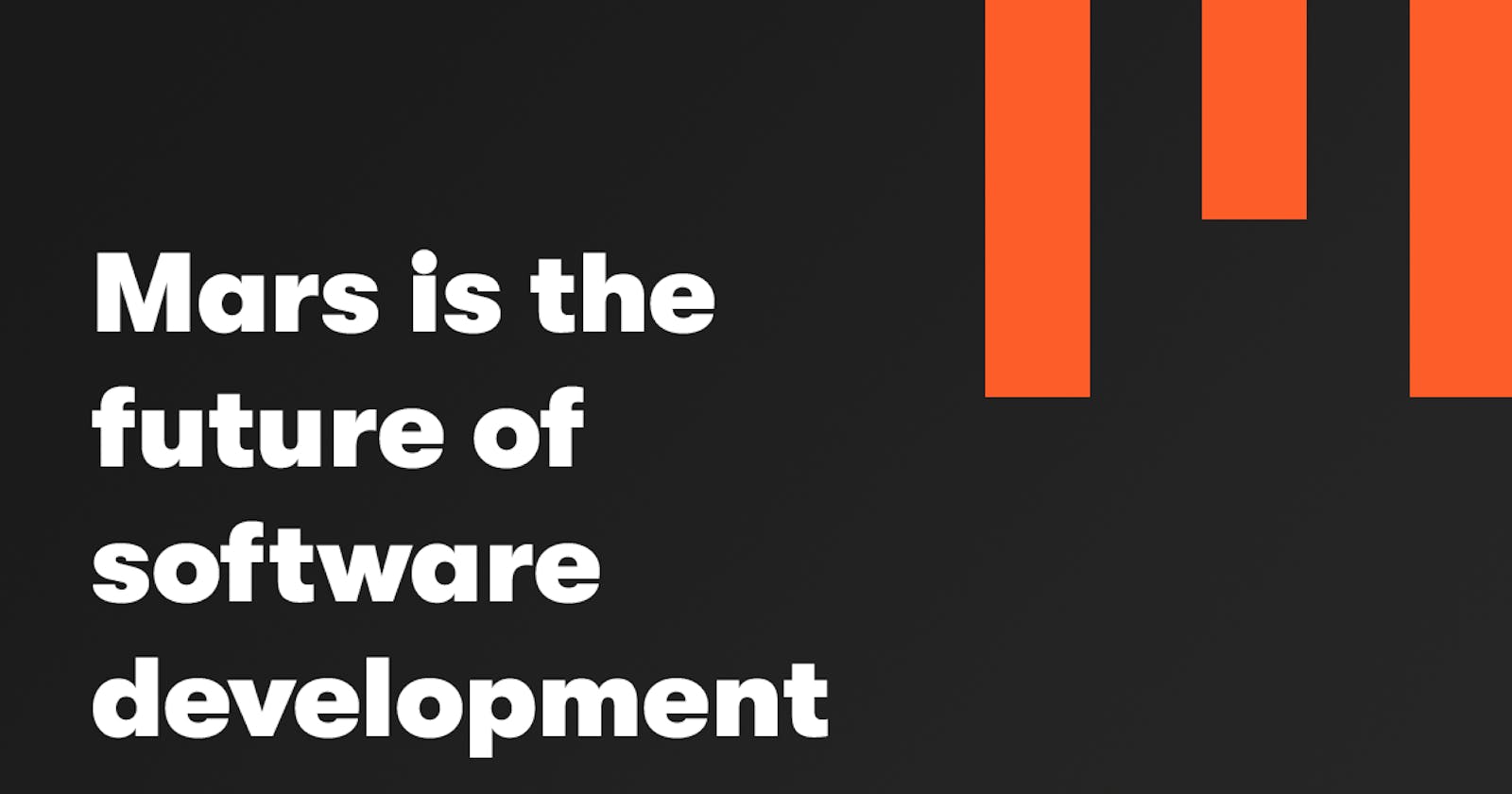Building the product is often the most challenging part of building a startup. That’s why lots of founders want to rid themselves of it by outsourcing this to other companies. And there’s nothing wrong with that if you’ve got the time and the money.
Dev shops are great in terms of experience having built hundreds of similar or even identical projects from scratch, they know what you’re coming for. It also means that with the right technology at hand, they’d be able to reuse parts or even projects almost to the “T” for other projects. Is there this kind of technology? The short answer is no. The better answer is we’re building it right this second.
Let’s first dive into the available options there are.
- Custom code
This is for complicated projects when you’ve really got something robust going on and can’t find other sustainable solutions for the long-run. But if your thing pretty much copies another idea (and there’s nothing wrong with that, the best ideas are stolen) then it’s not necessary at all. So, if you’re pitching a “next Uber/Instagram/Airbnb/…” or anything else you’re going to replicate to your investors, don’t ask for 250$k for development, you can do it way cheaper.
- Low-code
Believe it or not, developers can write less code and get the same results. Why is your dev shop not interested in that? You guessed it, they can’t charge you as much. It’s as simple as that. If you’re a tech founder it’s the perfect one for you, though. Learn how a low-code platform works, or two. It’ll make you way more efficient and give you all the control over your project.

Low-code platforms: Caspio, Retool, Creatio, OutSystems
- No-code
No-code is the easiest and the fastest alternative to them all. Or, at least, that’s what the belief is. Sure, you can use drag-and-drop solutions for your early versions/prototypes/MVP but if you need something a little more sophisticated then the learning curve is fairly steep. Have you noticed that there are actually not so many Webflow developers? I mean, good Webflow developers. Because you’ve got to learn a lot. A LOT.
And then once you’ve learned it all, you hit the ceiling.
While no-code is sustainable for the idea validation stage and maybe a little bit further along, it won’t carry you through the rapid growth stage.
And you’ll eventually have to scratch all your beautiful work and go to custom code.

No-code platforms: XPODA, Bubble, Lansa, Airtable
- Platforms
If you’re selling something online, there’s Shopify, Gumroad, WooCommerce, and even Wix. All you need is a few hours away from Netflix and you have an online business. And these are great at what they do. You just need to play by their rules. They are limited but you get enough features to get you going, you’re supported, safe, and pretty much self-explanatory.
Platforms: Shopify, Gumroad, WooCommerce, Wix
- Out of the box
Or white label, if you will. Building a taxi app? There’s probably something on the market, buy it, stick your brand name on it and you’re good to go. Will it give you the freedom to grow and add innovative ideas? Probably not. Will it still be fine if your competitive advantage is exceptional service or a unique business model? Yes.
Out of the box: Onde, Talent LMS
- Mars
Choosing among the above options might not be an easy task. Especially if you are a first-time startup maker.
But fear not! There is a tool that combines the benefits of all the previous items – Mars.

Mars is an open-source platform for making web and mobile apps. It gives you flexibility on demand. You get access to the custom code only when you want to implement a specific feature. As for the regular functionalities, such as login page, payments, cart, dropdown menu, footer, photo galleries, and profile page, you can plug them into your startup with little-to-zero coding knowledge.
This makes Mars the perfect tool for making MVP: you are building fast most of the time, and you go to custom code only to make unique changes. You’re saving time but you’re not trading anything away for that.
However, there is a disadvantage to using the platform. It is a new technology and it lacks good documentation. The learning curve may be a little steep, especially for a complete beginner. But once you get used to Mars, you will be able to build complex applications such as AirBnB, UBER, and Instagram amazingly easily.
The tool: Mars.
